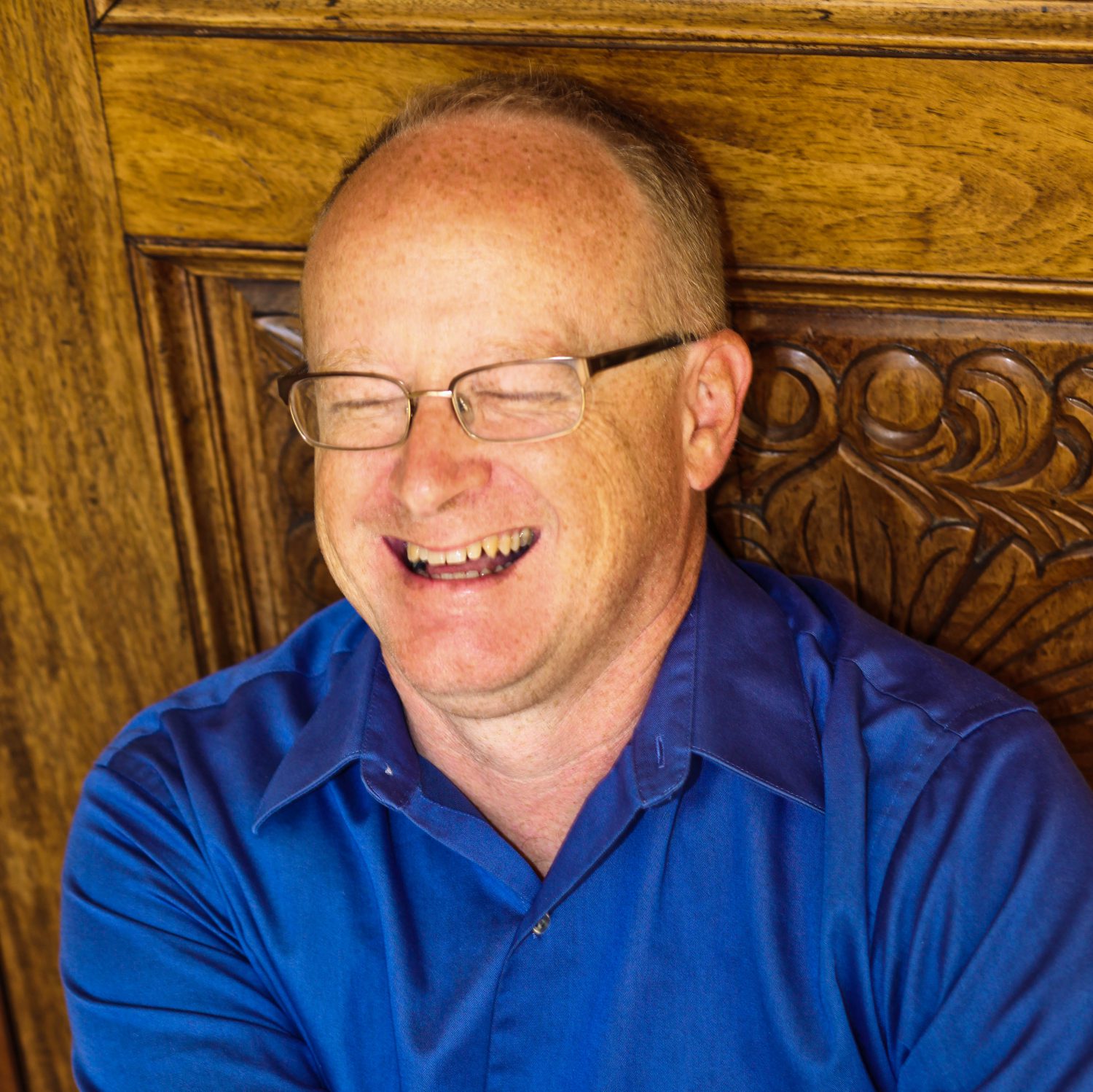
Memories are strange things. Malleable by time and easily lost, but among our most cherished possessions.
That first time driving on our own. The moment we look at the one we’re dating and know with certainty that she is the one. The birth of a child.
The death of a close friend. The embarrassment of double-flunking a college term paper. Bitter words and arguments. Rejections. These are the snapshots our minds take and file away for later comfort, self-beratement, or reflection.
As we age, we naturally lose bits and pieces of ourselves as if our brains are a large computer and we’ve about maxed out our storage. This is an expected process.
Memories stripped
But then there are the evil—there is no other word—diseases such as dementia and Alzheimer’s that strip away, image by image, the memories that make us who we are leaving those who suffer from those ailments reduced and often isolated and their family members bereft.
My father-in-law has Alzheimer’s. And now his wife and his children, including my wife, are walking through a process of slowly losing each other. But more than that. He is also losing himself.
Daddy, as my wife calls him, has always had a sharp mind and muscular intellect. We have spent many family dinners, holidays, and euchre games engaged in debates—my family would call them arguments, but we were raised differently—about issues of the day.

Enjoying the gift his class gave to Bosse High School.
Those days are now reduced, though not gone entirely. But recently my wife and I enjoyed the opportunity of accompanying Daddy and his wife to his 65th high school reunion in Evansville. Throughout his life, he has talked about his days as a Bosse High School Bulldog and we knew this trip would be important.
We did not attend the actual reunion with him, though by all accounts it went well. However, we arrived in Evansville early enough to drive by his childhood home on Iowa Street. Not only is the home his parents built when he was five still there, but it is in great shape having been well maintained.
A rare opportunity

Outside the front door of his childhood home in Evansville.
The plan was to drive by the house and see it. But as we sat reminiscing in front of the home, a woman drove up, got out of her car, and headed to the back of the house. In this day and age, seeing four strangers appear on your doorstep can be concerning and we didn’t want to alarm the woman, but the opportunity was too great.
At first hesitant and guarded, as we talked in the driveway she began to engage. It turns out the home belongs to her daughter and she was there to visit. After checking with her daughter, she invited us in.
Entering that front door with Daddy was emotional. It was clear what the trip meant to him. Changes had been made to the interior, of course, though looking at his eyes it was clear he was seeing the memories of his childhood, rather than current day.
“Oh look,” he said, pointing to the right. “That was my bedroom and Mother and Dad were in that room.”
He told the story about how he once broke a basement window with a baseball. He shared about how he’d had his picture taken on a pony in the front yard—where now a new front porch exists. But I’m pretty sure he saw the pony and the little boy, not the porch.
Letting us in their home was an unbelievably gracious gesture by the young woman and her mother, but it is one that will never be intentionally forgotten. Combined with the reunion and a visit after the reunion to Benjamin Bosse High School (pictured above), the trip lit several dark corners of my father-in-law’s mind where he still has those “misty, water-colored memories” of the way he was.
But it also created memories—snapshots—of our own for my wife and I. Images and impressions we will treasure long after Alzheimer’s takes him from us and long after, even, his departure from this world.
 Michael Ehret loves to play with words and as the author of “Big Love,” a novella within Coming Home: A Tiny House Collection, he is enjoying his playground. Previous playgrounds include being the Managing Editor of the magazine ACFW Journal and the ezine Afictionado for seven years. He also plays with words as a freelance editor and has edited several nonfiction books, proofedited for Abingdon Press, worked in corporate communications, and reported for The Indianapolis Star.
Michael Ehret loves to play with words and as the author of “Big Love,” a novella within Coming Home: A Tiny House Collection, he is enjoying his playground. Previous playgrounds include being the Managing Editor of the magazine ACFW Journal and the ezine Afictionado for seven years. He also plays with words as a freelance editor and has edited several nonfiction books, proofedited for Abingdon Press, worked in corporate communications, and reported for The Indianapolis Star.













